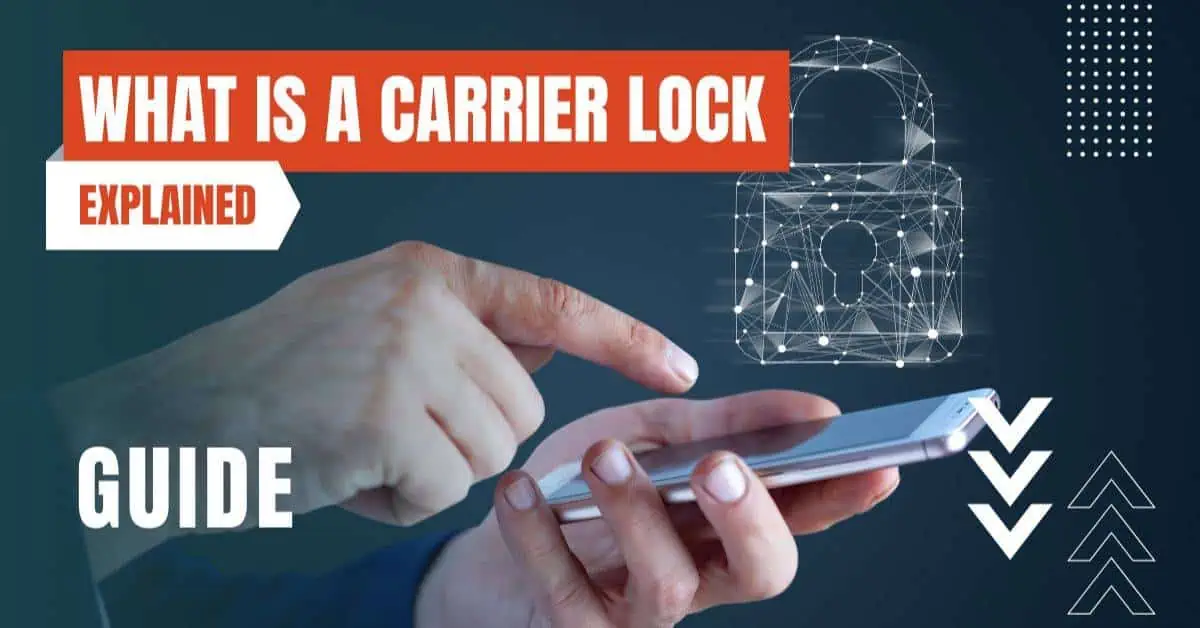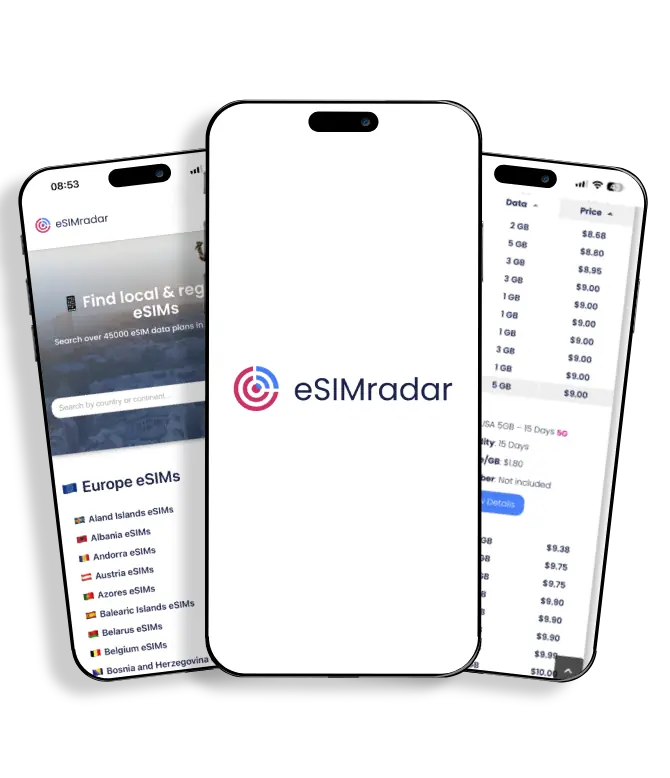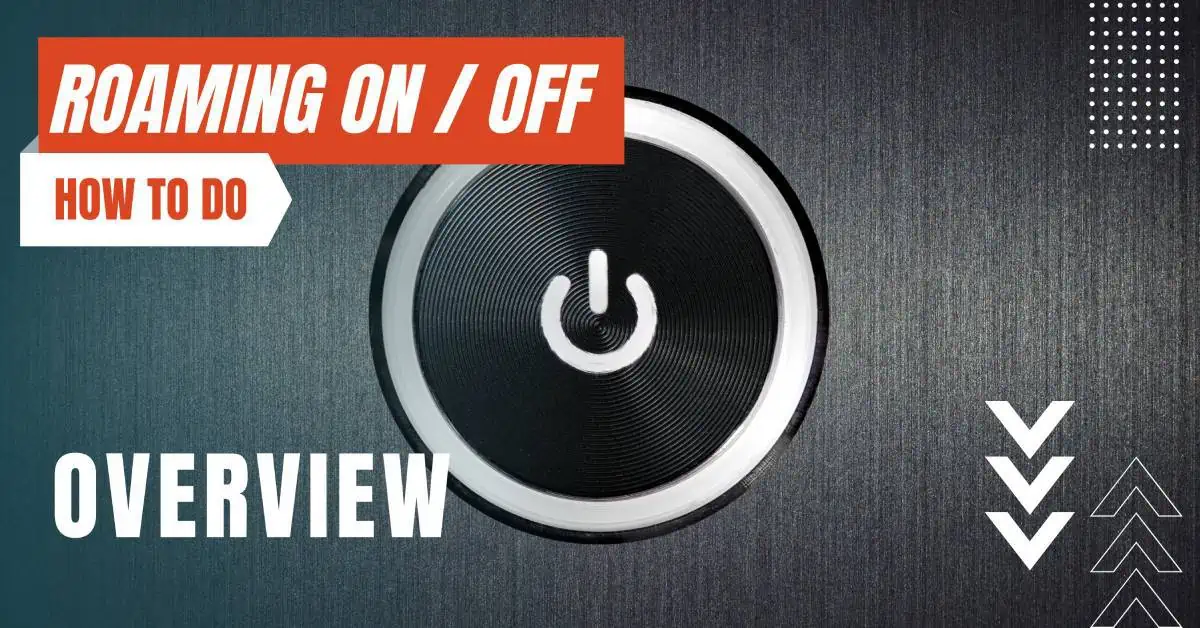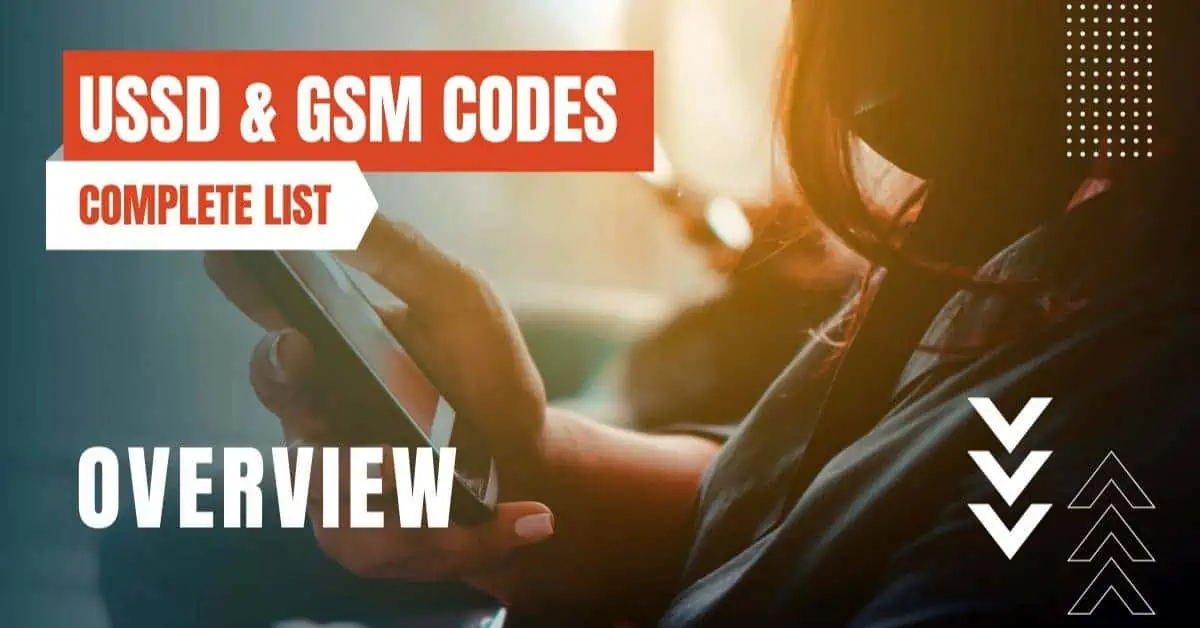All of the products and services we feature are chosen independently. If you click through links we provide, we may earn a commission. Learn more
Written by: Emily Chen
What is a Carrier Lock?
- Updated: September 30, 2023 | Published:
In the realm of mobile connectivity, the term ‘carrier lock’ often surfaces, especially when purchasing a new phone or considering a switch to a different service provider. But what exactly is a carrier lock?
This technological restriction, embedded within mobile phones by carriers, has both historical and economic roots. It plays a significant role in the relationship between consumers, mobile devices, and network carriers. From subsidized pricing to customer retention, carrier locks have been instrumental in shaping the mobile industry.
However, with the unlocking process now more accessible and legally protected in many regions, the landscape is evolving. This article delves into the intricacies of carrier locks, the rationale behind them, the unlocking process, and the benefits and freedom that come with an unlocked phone.

Carrier Lock Explained
Carrier lock, colloquially known as SIM lock or network lock, is a technological restriction embedded within the mobile phone by the carrier. This restriction ensures that the device can only be used with that carrier’s network.
The lock is implemented by the carrier by programming the phone’s software to only accept SIM cards from their network.
This means that if you insert a SIM card from another carrier, the phone will not register on the network and you won’t be able to make calls, send texts, or use mobile data.
The Rationale Behind the Lock
Subsidized Pricing
One of the primary reasons carriers employ this lock is to offer phones at subsidized prices. When you purchase a phone through a carrier, often the price is significantly lower than the retail price.
For example, a phone that might cost $700 unlocked could be available for $200 or even free when you sign a two-year contract with a carrier. The carrier is subsidizing the cost of the phone, sometimes to the tune of hundreds of dollars, in exchange for your commitment to use their service for a specified period.
This model has been prevalent in the United States, where according to a report by Consumer Intelligence Research Partners in 2013, approximately 95% of smartphones were sold through carriers.
Customer Retention
Another reason for carrier locks is customer retention. By locking the phone to their network, carriers make it less likely for customers to switch to a different service provider.
This is particularly true for customers who are not willing to pay early termination fees, which can sometimes be as high as several hundred dollars. This strategy helps carriers to maintain a stable customer base and predictable revenue streams.
The Unlocking Process
Eligibility Criteria
Before you can unlock your phone, you must meet certain criteria set by the carrier. This usually includes completing any contractual obligations, which typically last 24 months, and ensuring that the phone is fully paid for.
Additionally, the phone must not be reported as lost or stolen. Some carriers also have a requirement that the phone must have been active on their network for a certain number of days.
Requesting the Unlock Code
Once you meet the eligibility criteria, you can request the unlock code from your carrier. This is usually a simple process that can be done over the phone or through the carrier’s website.
The carrier will provide you with a code, which is often an 8 to 16 digit number, that you can enter into your phone to remove the carrier lock. It’s important to follow the carrier’s instructions carefully as entering an incorrect code too many times can permanently lock the device.
The Benefits of an Unlocked Phone
Freedom to Switch Carriers
One of the most significant advantages of having an unlocked phone is the freedom to switch carriers. This is particularly beneficial if you find a better deal or if you are unhappy with the service provided by your current carrier.
According to a survey by the U.S. Federal Communications Commission, over 25 million Americans have switched carriers after unlocking their phones.
International Travel
Another benefit is the ease of international travel. With an unlocked phone, you can purchase a local eSIM card in the country you are visiting.
This is often much cheaper than paying for international roaming charges, which can sometimes be as high as $10 per megabyte or $3 per minute for calls. For frequent travelers, this can result in substantial savings.
Legal Considerations
In many countries, including the United States, it is legal to unlock your phone.
In the United States, the Unlocking Consumer Choice and Wireless Competition Act was signed into law in 2014, making it legal for consumers to unlock their phones. However, it’s important to note that unlocking a phone without the carrier’s permission may void the warranty or violate the terms of your contract.
In the European Union, regulations vary by country, but many have similar laws that allow consumers to unlock their phones after a certain period.
Carrier locks have been a staple in the mobile phone industry for many years. They allow carriers to offer devices at more affordable prices, while also ensuring a level of customer retention.
However, as consumers become more savvy and the market becomes more competitive, the freedom that comes with an unlocked phone is often more appealing.
With the ability to switch carriers for better deals, or to easily use local networks when traveling abroad, an unlocked phone offers a level of flexibility that is highly valued in today’s fast-paced world.
Moreover, with legal protections in place, consumers can unlock their phones with confidence, knowing that they are within their rights to take control of their mobile experience.
By entering your email & signing up, you agree to receive promotional emails on eSIMs and insider tips. You can unsubscribe or withdraw your consent at any time.

About The Author
Spread the Word, Share the Joy
Compare eSIMs
Why keep the secret to yourself? Spread the joy of eSIMradar and let everyone in on the eSIM experience!

Easy eSIM Comparison for Your Needs
Simplifying your search! Easily compare eSIM plans tailored to your specific needs

Coverage in 210+ Countries
Benefit from our extensive eSIM comparison with 30+ providers in over 210 destinations.

Save money without second-guessing
Our platform helps you maximize value, ensuring competitive prices.

Enjoy Hassle-Free Travel Abroad
Whether you’re on holiday or a business trip abroad, stay connected with ease and focus on enjoying your experiences,
Find Your Perfect eSIM & Exclusive Deals!
Find your ideal eSIM effortlessly and stay connected in style wherever your adventures take you! Get exclusive deals and discounts at your fingertips, ensuring you get connected for less on your travels!














